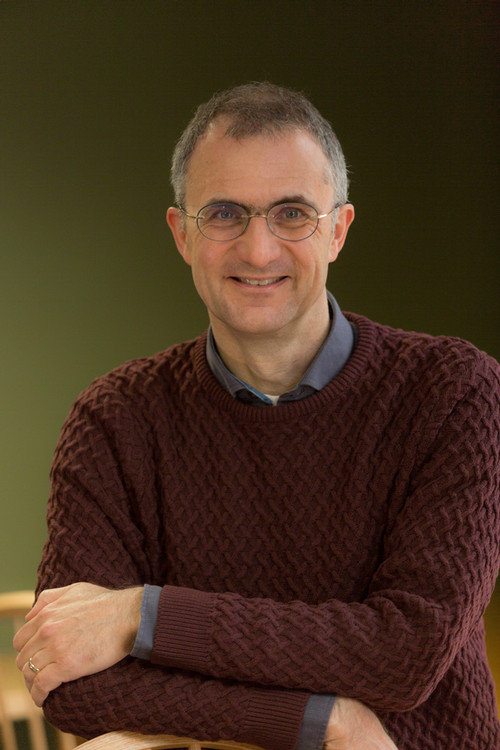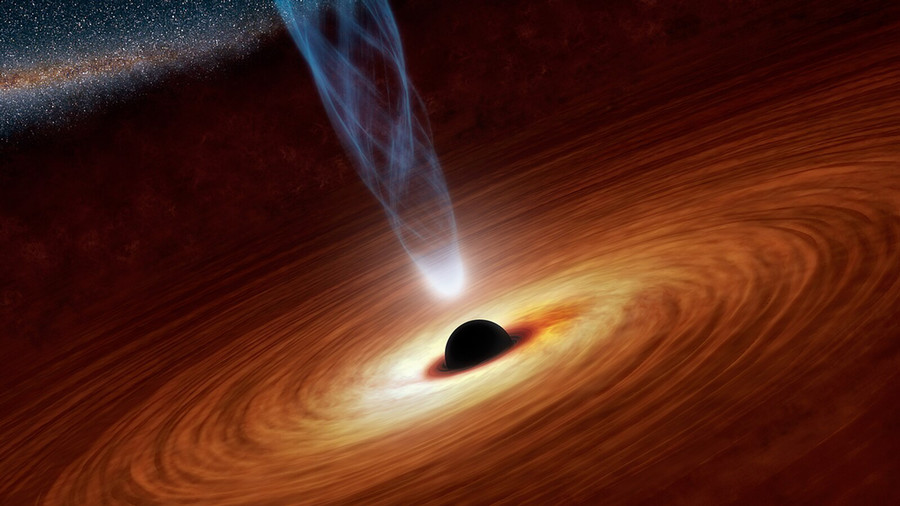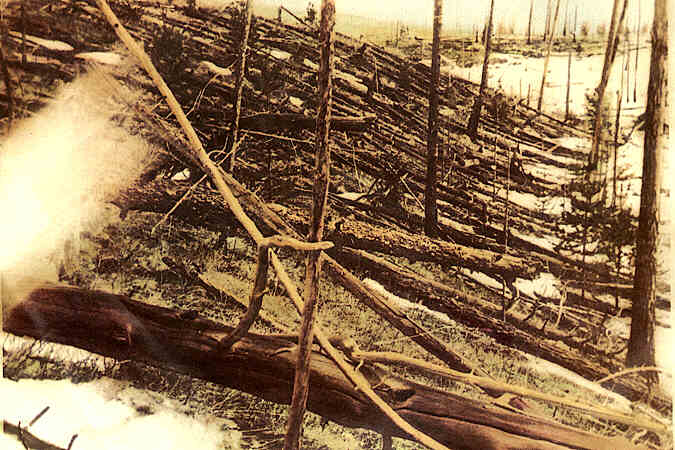Bowdoin’s Baumgarte on Twenty-Five Years of Funded Black Hole Research
By Tom PorterIn 1908, more than eight hundred square miles of Siberian forest was destroyed in a mysterious explosion known as the Tunguska event, an incident that astrophysicist Thomas Baumgarte finds fascinating.

Thomas Baumgarte has now received nine consecutive grants from the NSF—"an indication of the relevance of his scholarship at the national and international level.”
Baumgarte, who since 2016 has been Bowdoin’s William R. Kenan Professor of Physics, refers to this event as a motivation for some of his latest research. Why would a scholar of astrophysics with a particular focus on black holes be interested in something as terrestrial as an explosion on Earth? you may ask.
“It’s theoretically possible that events like this could result from something called a primordial black hole colliding with the earth, or a different planet,” says Baumgarte.
Black holes as we typically know them are colossal structures, regions of spacetime caused by collapsing stars where gravity is so strong nothing can escape them, not even light. Primordial black holes, meanwhile, are tiny, he explains. “They’re about the size of an atom but generate mass the size of an asteroid.”
To be clear, although he explores the possibility in his research, Baumgarte thinks the “tiny black hole” explanation for the Tunguska event is unlikely. Indeed, scholars are not even sure primordial black holes exist, and the devastation caused by the Tunguska event was probably the result of an exploding meteor. “But, and crucially” he stresses, “it cannot be ruled out as a hypothesis. If primordial black holes exist, similar events would happen.” Therefore, he adds, exploring the observational signatures of such events is important because it might provide us with the “smoking gun” that either proves or disproves the existence of primordial black holes.


Baumgarte’s latest grant*, a $270,000 award given last year, is the ninth consecutive three-year research grant he’s received from the NSF over the last quarter century.
He first became interested in black holes in the early 1990s as a graduate student at Cornell University studying under the mentorship of renowned astrophysicist Stuart Shapiro, subsequently a regular collaborator with Baumgarte over the years.
"After Stu [Shapiro] and I had talked at a conference in the late ’90s, a program director from the NSF approached us and said we should apply for a grant as co-PIs [principal investigators].” That was Baumgarte’s first grant, awarded in 1999. Baumgarte has since been awarded eight more as the sole PI.
When Baumgarte won this initial award, he was a visiting assistant professor at the University of Illinois (he came to Bowdoin in 2001). The project looked at ways of simulating the collision of two black holes and detecting the gravitational waves that would result.
By this time, Baumgarte had cemented his reputation as a leading astrophysicist for his role in developing a set of equations known as the “BSSN Formalism” (named after the scientists involved: Baumgarte, Shapiro, Shibata, and Nakamura.) “Basically, we produced a paper that laid the groundwork for a successful approach to numerical relativity,” explains Baumgarte.

The Tunguska event, Siberia, 1908: Caused by an atom-sized black hole or an exploding meteor?
Numerical relativity, a mathematical and computational subfield of Einstein's general theory of relativity, is a particular speciality for Baumgarte, who has coauthored two books on the subject with Shapiro.
This research played a key role helping scientists in their quest to detect the aforementioned gravitational waves. In 2015, a major breakthrough occurred when scientists at the Laser-Interferometer Gravitational wave Observatory (LIGO) detected, for the first time, the waves created by the collision of two black holes more than 1.3 billion years ago.
Since the LIGO breakthrough, Baumgarte’s research has continued to focus on the study of numerical relativity. “My research does not require the super-high level of accuracy required in some fields, it just needs to be accurate enough to know I’m going in right direction with simulations. I’m more interested in looking at ‘point of principle’ sort of questions, seeking out new ways of doing things, different ways of writing equations.”
Baumgarte’s current project looks at the potential interaction of black holes with stars using numerical simulation, hence his interest in events in Siberia 116 years ago and the possible involvement of a primordial black hole. “If these tiny black holes do exist, they would probably go through the solar system about every ten years, and it’s interesting to try to figure out what would happen if one hit a star. But,” he adds, “don’t be too concerned about the possibility of a black hole ploughing into the earth. It’s extremely unlikely.”
“Thomas’s funding achievements represent a significant endorsement by his community and an indication of the relevance of his scholarship at the national and international level,” comments Cara Martin-Tetrault, Bowdoin’s director of sponsored research.
“All of these applications went through peer review and a competitive renewal application process,” she adds. “There is no guarantee from application to application that the work will be funded. One has to meet stated aims and write reports demonstrating progress.”
*Award number 2308821



